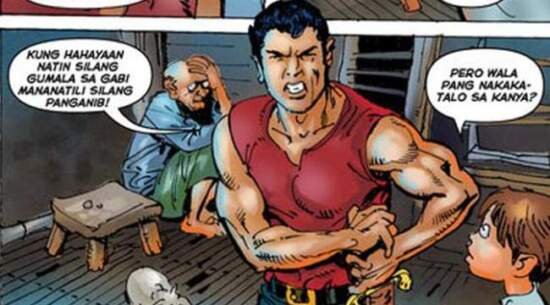Jean Grey #1
Marvel Comics, May 2017
Writer: Dennis Hopeless
“Jean Grey” #1 is a new comic book series from American publisher Marvel Comics. The title focuses on the powerful psionic mutant named Jean Grey, one of the founding members of the superhero team called the X-Men. However, as the introductory pages make it clear (through the use of that well-worn narrative technique – the internal monologue), this is not the original Jean Grey character. It instead is a teenage version of the original Jean Grey plucked from the past and stuck in the present in a plot line from an X-men comic created by writer Brian Michael Bendis three years ago.
The comic starts with Jean Grey in a random noodle shop in Kyoto (the journey enabled by the help of the teleporting “demon thingie” Pickles). This is an effort to get some time alone, away from the toils of being a superhero and the juvenile antics of her predominantly male teammates. Kyoto is a quiet, uneventful place that had no superhumans running around.
The idea is sound, but the problem is that it is also the same idea that the supervillain trio called “The Wrecking Crew” had – that Kyoto’s distinct lack of super humans would allow them to pull a heist without being accosted by any of the dozens and dozens of superheroes running around their normal base of operations, midtown Manhattan.
As luck and the plot would have it, the Wrecking Crew’s first heist in Japan led them straight into a collision course with Jean Grey.
In most superhero comic books, brawls between superhero protagonists and guest villains are easily the weakest part, usually intended to fill fans’ quota for on-page fisticuffs. In “Jean Grey” #1’s case, however, the confrontation between the young mutant psionic and the trio of villains is easily the most enjoyable part. Part of this is because there is a complete lack of cheesy supervillain or superhero posturing, and that both sides’ desire to finish the fight with minimum effort and collateral damage involved resulted in an oddball fight sequence.
The Wrecking Crew are great choices for villains in this case, despite not being part of the X-Men’s rogues gallery. The members are former construction workers who were gifted with enhanced strength and durability, yet they are B-level villains at best because they lack the grandiose, world-conquering ambitions of many of Marvel’s superpowered villains. They are content with theft. Jean Grey, for her part, is a relatively inexperienced, easily-distracted superhero with the temperament one expects of a teenage girl, something that the Wrecking Crew have picked up on and used to their advantage in order to escape.
Framing this lighthearted, slightly comical brawl is the cosmic entity called the Phoenix. This star-consuming creature, created by writer Chris Claremont, in the past has possessed the original Jean Grey and caused widescale devastation. It turned the hero into a sociopathic villain and was ultimately the cause of her death. This comic’s younger time-displaced Jean Grey was taken from her timeline before the events that led to her bonding with the Phoenix occurred, which should have meant that she is free from that tragic course of events. But the cliffhanger ending implies the opposite.
Bringing back the Phoenix is a wasted opportunity to start anew with fresh new storylines unburdened by decades of convoluted continuity. The “Dark Phoenix” storyline consists of some of the best stories told under Marvel Comic’s banner but it is a very worn path and further, is not relevant to this new Jean Grey. The original premise that this new teenage re-boot is a way of giving the Jean Grey character a clean slate is unraveled with the reintroduction of the Phoenix. It chains the concept back to the original Jean Grey property and makes backreading a requirement as opposed to an option.
“Jean Grey” #1 is a great example of why Marvel Comic’s concentration upon long-standing readers is counter-productive. This comic contains a light, well-written story that works as a great setup to a series of solo Jean Grey adventures, yet its reliance on prior knowledge of the Phoenix storyline hobbles the comic’s apparent purpose as a jumping-on point for new readers.



